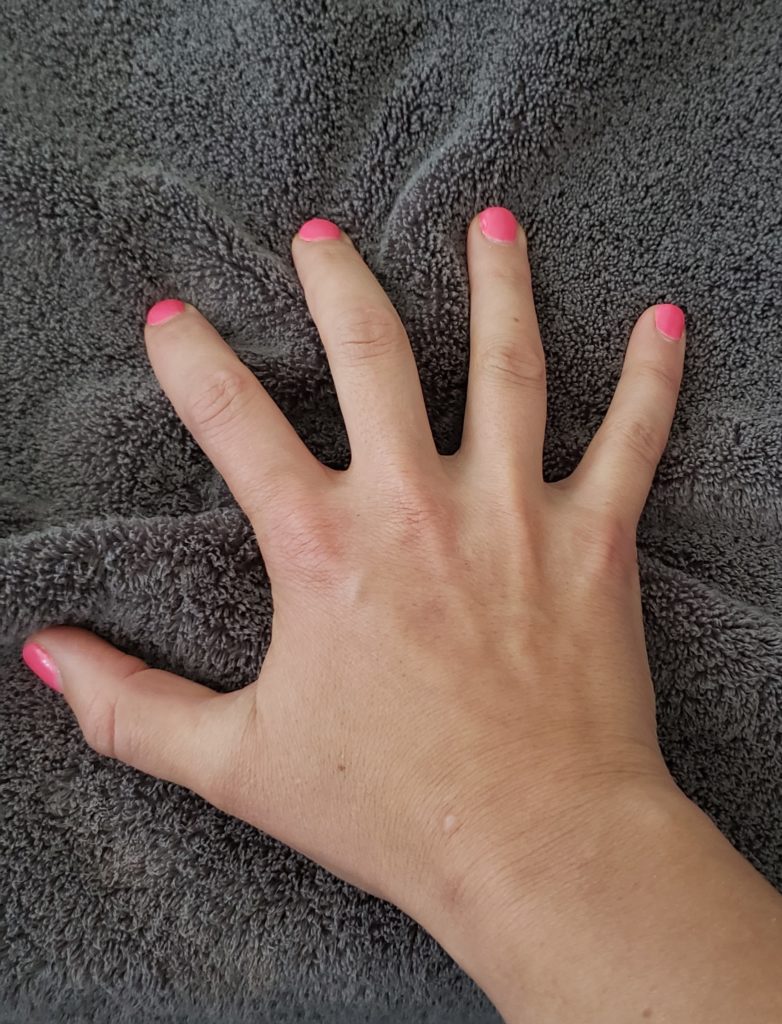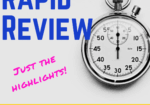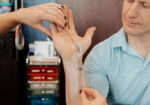What is the difference between therapeutic exercise vs therapeutic activity?
Therapeutic exercise is billed as 97110 and Therapeutic activity is billed as 97530. Both are CPT codes that are commonly used in occupational and physical therapy billing.
These codes are very similar and are often confused. So, when and what do you document for each of these codes?

The therapeutic exercise code is not considered a dynamic code. It typically involves looking only at one parameter being measured such as active range of motion, prom, a/arom, endurance or strength. All of these are separate activities and therefore billed under therapeutic exercise.
Therapeutic activity typically is considered a dynamic activity and usually looks at multiple parameters, these could even be functional parameters. It is typically used when you are looking at range of motion and strength, or range of motion and endurance, etc.
For example, if you were having a patient use Puttycise tools this would be looking at range of motion as well as strength, therefore would be billed under Therapeutic Activity. Pushing a cart or cooking would be considered therapeutic activity as well. Therapeutic activities typically are real life movements or simulated activities of real life.
You can often think of Therapeutic Exercise as being the building block for Therapeutic Activity. For instance, if you are working with a patient with a tendon laceration initially you may be having the patient perform gentle short arc range of motion, once the patient has progressed and can safely perform towel walking with light resistance, now the movement is therapeutic activity, as a second parameter has been added to the first.


Questions, please shoot us a quick note on ‘therapeutic activity vs exercise‘ topic! Thanks for reading.
3 Comments
Leave a Comment
More To Read
K-tape and Cerebral Palsy
Allah-Rastii, Z., Shamsoddini, A., Dalvand, H. and Labaf, S. (2017). The effect of kinesio taping on handgrip and active range of motion of hand in children with cerebral palsy. Iranian Journal of Child Neurology, 11(4), 43-51. The Skinny: Cerebral palsy is a non-progressive motor impairment caused by injury to the developing brain that can…
Read MoreOutcomes of Rigid Night Splinting and Activity Modification in the Treatment of Cubital Tunnel Syndrome
Shah, C. M., Calfee, R. P., Gelberman, R. H., & Goldfarb, C. A. (2013). Outcomes of rigid night splinting and activity modification in the treatment of cubital tunnel syndrome (night splint for cubital tunnel syndrome). The Journal of Hand Surgery, 38(6), 1125–1130.e1. https://doi.org/10.1016/j.jhsa.2013.02.039 By: Sophia Grimm The Skinny: The purpose of this study was to…
Read MoreHow To Do A Fast but Thorough Hand Therapy Assessment
We don’t get a lot of time. Sometimes new patients come in unexpectedly or someone comes at the wrong time and your 1-hour block for an eval is suddenly only 30 minutes. Do you know how to get the most out of your eval time with the patient? Do you know what things are the…
Read MoreUse of Proprioception in Rotator Cuff Repair
Article Review By Brittany Day Upper Limb Active Joint Repositioning During a Multijoint Task in Participants with and without Rotator Cuff Tendinopathy and Effect of a Rehabilitation Program Pairot de Fontenay, Benoit, Mercier, Catherine, Bouyer, Laurent, Savoie, Alexandre, & Roy, Jean-Sébastien. (2019). Upper limb active joint repositioning during a multijoint task in participants with and…
Read MoreSign-up to Get Updates Straight to Your Inbox!
Sign up with us and we will send you regular blog posts on everything hand therapy, notices every time we upload new videos and tutorials, along with handout, protocols, and other useful information.






Nice blog
Thank you!! There will be more to come!
Simple direct explanation!! I’m adding this to my student handbook for my fieldwork students